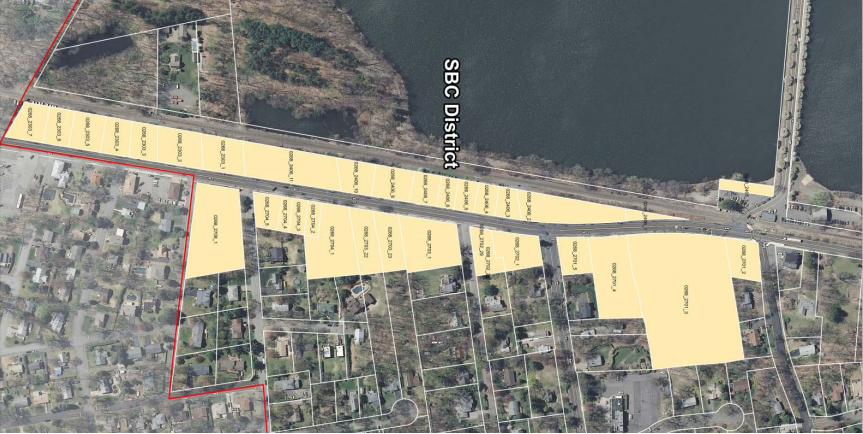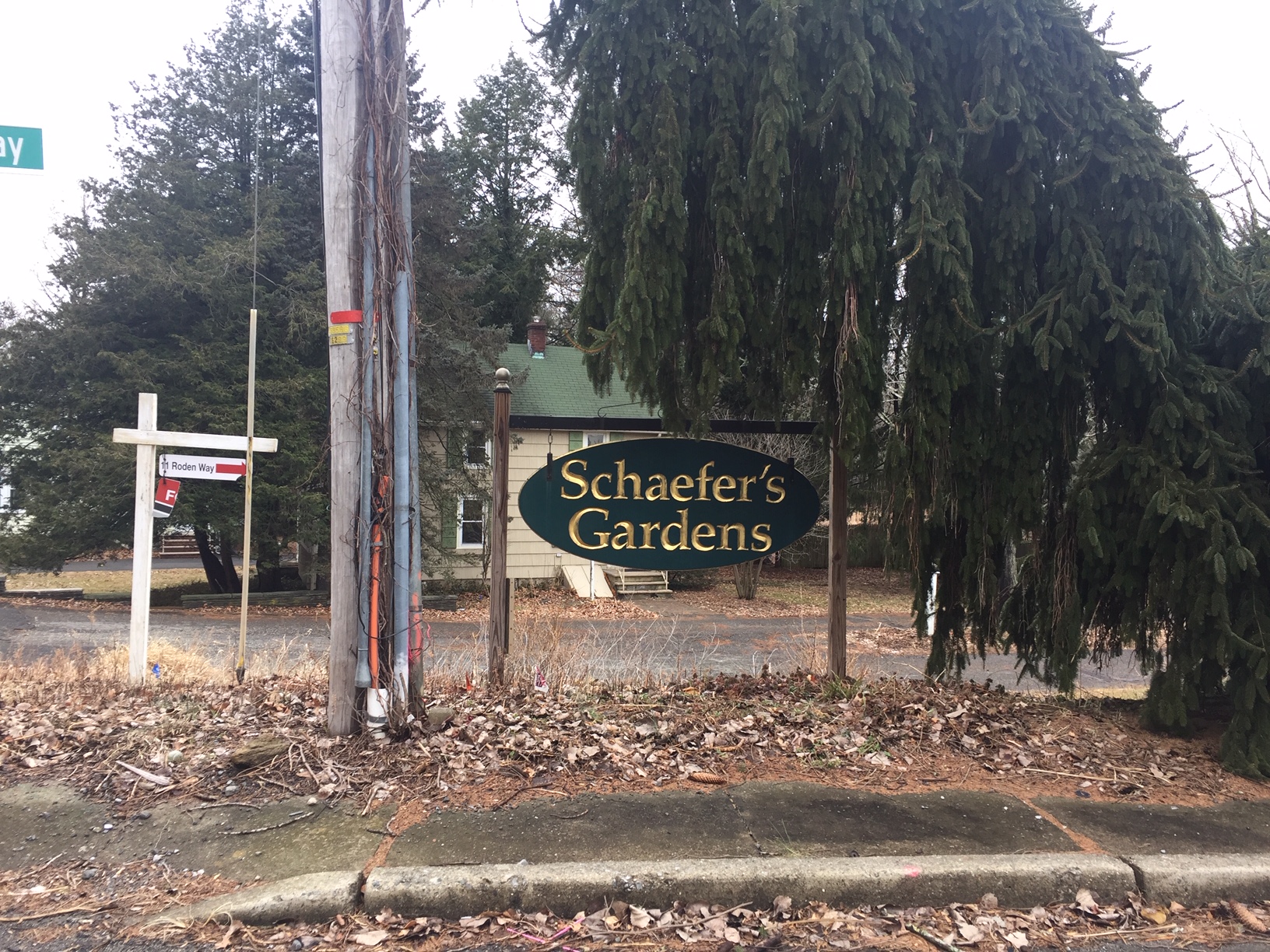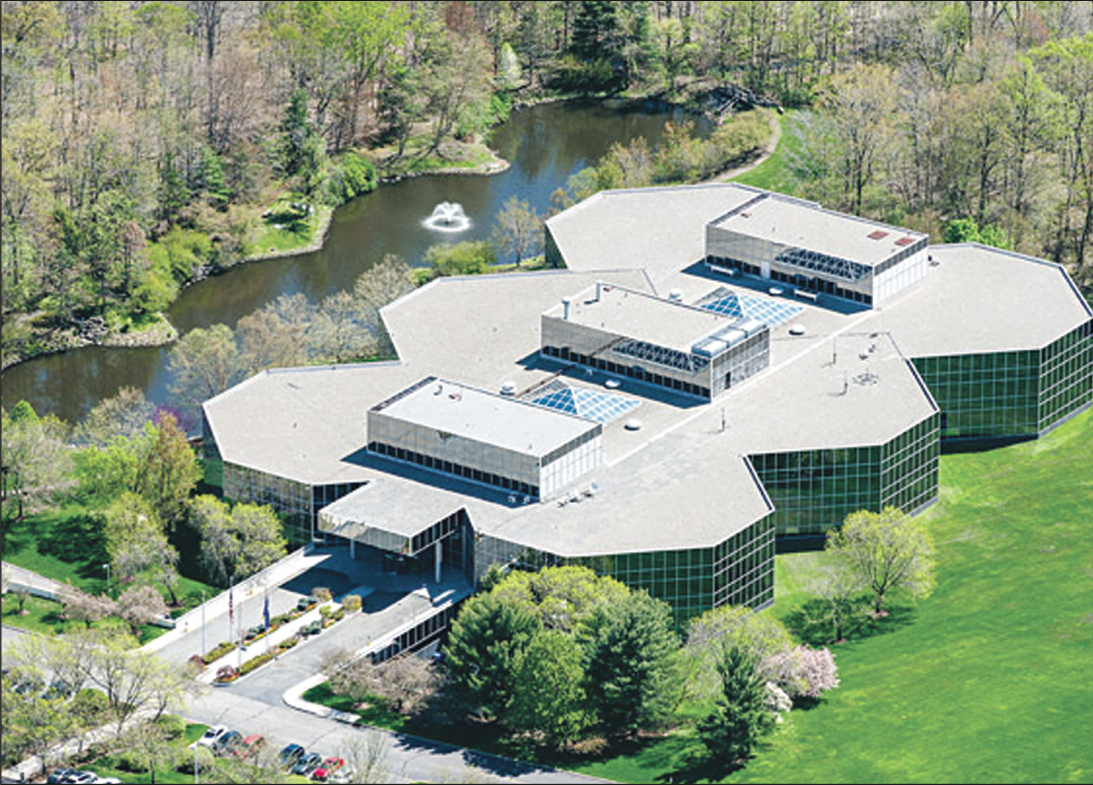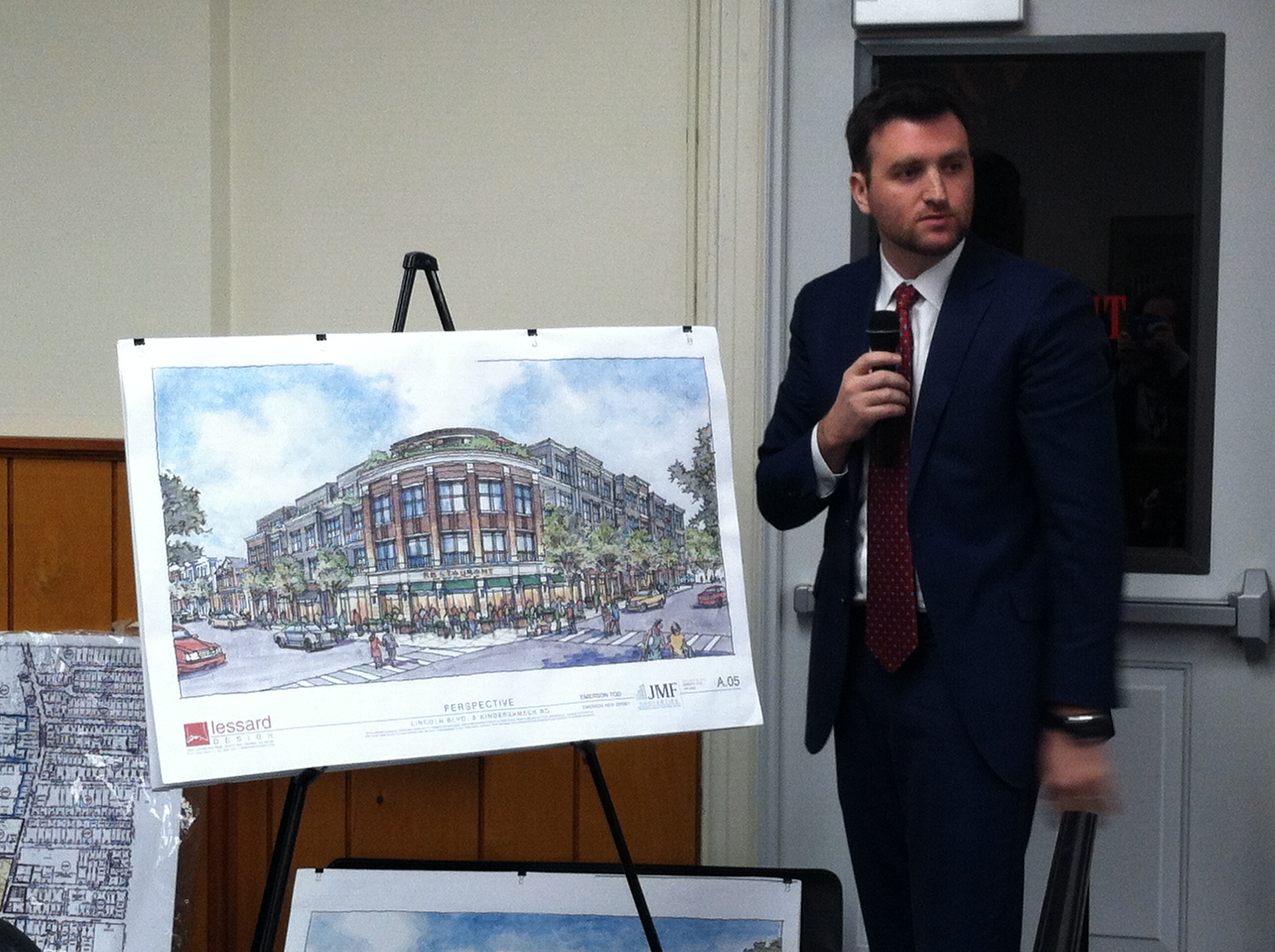
WOODCLIFF LAKE, N.J.—The borough planner’s preliminary study of Broadway Corridor design and permitted uses found that low density residential building uses—such as spas, wellness facilities, gyms, coffee shops and restaurants—might help to revitalize the corridor.
Planner Richard Preiss presented draft site guidelines for building design and a revised list of permitted uses, and suggested that the list of currently permitted uses is “out of date” and offered revisions.
He said the study “looks at context and what is appropriate for the Broadway Corridor…it sets a vision and context upon which design guidelines can be viewed.” Preiss said he worked with councilwomen Nancy Gross and Angela Hayes to incorporate “a vision” that was articulated by residents for the corridor.
Focus ‘on small-town image’
Preiss’s draft study presents options for design guidelines that are “residentially inspired.”
“The focus is on a more traditional, small-town image” and looks at site plans/building designs, related signage, landscaping, amenities such as walls and fencing, and what borough improvements might be undertaken “to create a more conducive downtown,” he said.
Preiss said the Broadway Corridor design study was completed because designers, architects and engineers “have no sense of aesthetically what developments should look like…and are basically left to their own devices.”
The $10,000 study was authorized in October 2018, with Mayor Carlos Rendo opposed, saying he preferred to wait until the borough revises its Master Plan later this year. Over the last decade, the Broadway Corridor’s development has been debated by residents and public officials.
60-unit complex proposed
A developer is proposing a 60-unit multifamily development at 188 Broadway before the Zoning Board of Adjustment. A local opposition group, Stop Over-Development in Woodcliff Lake, or SOD, has opposed the high-density development, citing traffic congestion among many concerns. Concerns about regional traffic impacts dominated the last hearing.
Applicant planner Joseph Burgis will offer testimony on April 23, 7 p.m..
Preiss was asked “to study and propose amendments to the design guidelines and uses permitted within the Woodcliff Lake Broadway Corridor.”
‘A meal or cup of coffee’
Preiss said residents previously expressed a desire for low-density, residential, possibly single-family style uses which could include “retail uses to meet local shopping needs, and a place for people to meet, spend time and perhaps have a meal or a cup of coffee.”
He said current B-1 zoning in part of the area is “very outdated” and may not be a “sufficient inducement” for development desired to transform the area. He said one design vision included walking paths between retail/small business uses, with single-family residential buildings used by retail or restaurants and featuring a green front lawn.
Preiss said the corridor is about a half-mile long, with Woodcliff Lake Reservoir to the west and railroad tracks along its length, anchored by the train station at its northern end.
‘Development is fragmented’
“Development is lower intensity, fragmented, and single parcels are developed without consideration or connection with immediate uses connected to them,” he said.
Preiss noted a 300-foot buffer to the reservoir as another “restraint” on development.
He described the corridor, noting a “significant number” of single-family homes converted to other retail/commercial uses, a lack of sidewalks and fairly shallow lots on the east and west sides of Broadway.
Proposed uses ‘unrealistic’
Resident and former Planning Board member Bob Nathan called Preiss’s design proposals “unrealistic” because there was no parking available for restaurants or similar retail uses. He said parking is a major obstacle in the corridor area and not easily solvable.
In addition, he said retailers prefer parking in front to rear parking, as customers do not want to walk around to the front. He said rear parking, as Preiss recommended, does not work for retailers or small businesses.
Nathan urged members to urge landlords to clean up and improve the properties, which could help in improving the corridor.
“I would love the corridor for something to happen [economically],” Nathan said. “It’s a very tough job in trying to figure out the Broadway Corridor,” he added.
Councilwoman Jacqueline Gadaleta called the study “extremely detailed and well done” that considered the character of Woodcliff Lake.
She highlighted Preiss’s call for uniform street lights in the corridor and urged design consistency on front and sides of buildings in the corridor.
Rendo said the council will review the study and possibly discuss it further at the next meeting May 6.
Previously, Rendo said the $10,000 study cost would be better spent updating the Master Plan.
Draft reports were not made available to the public.



